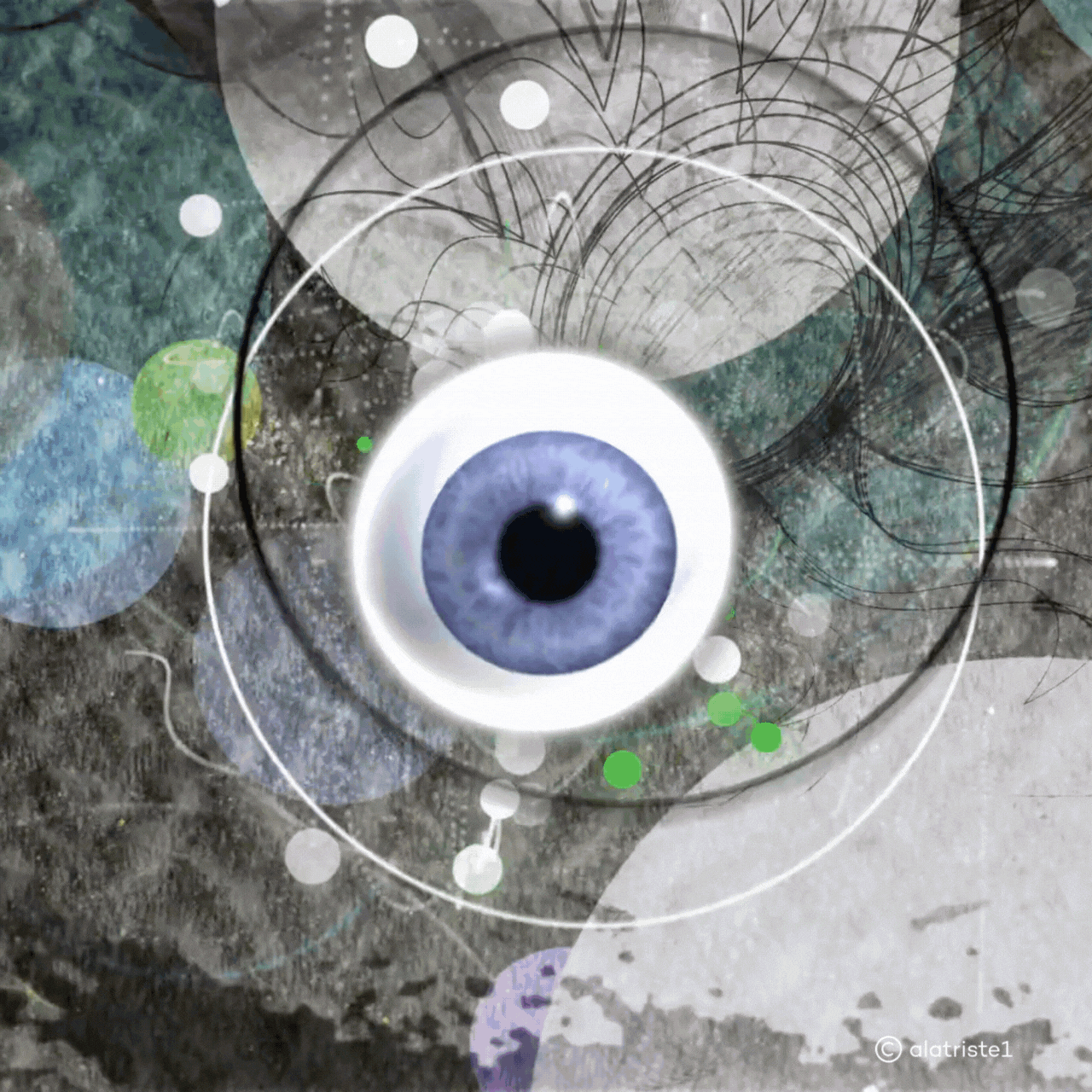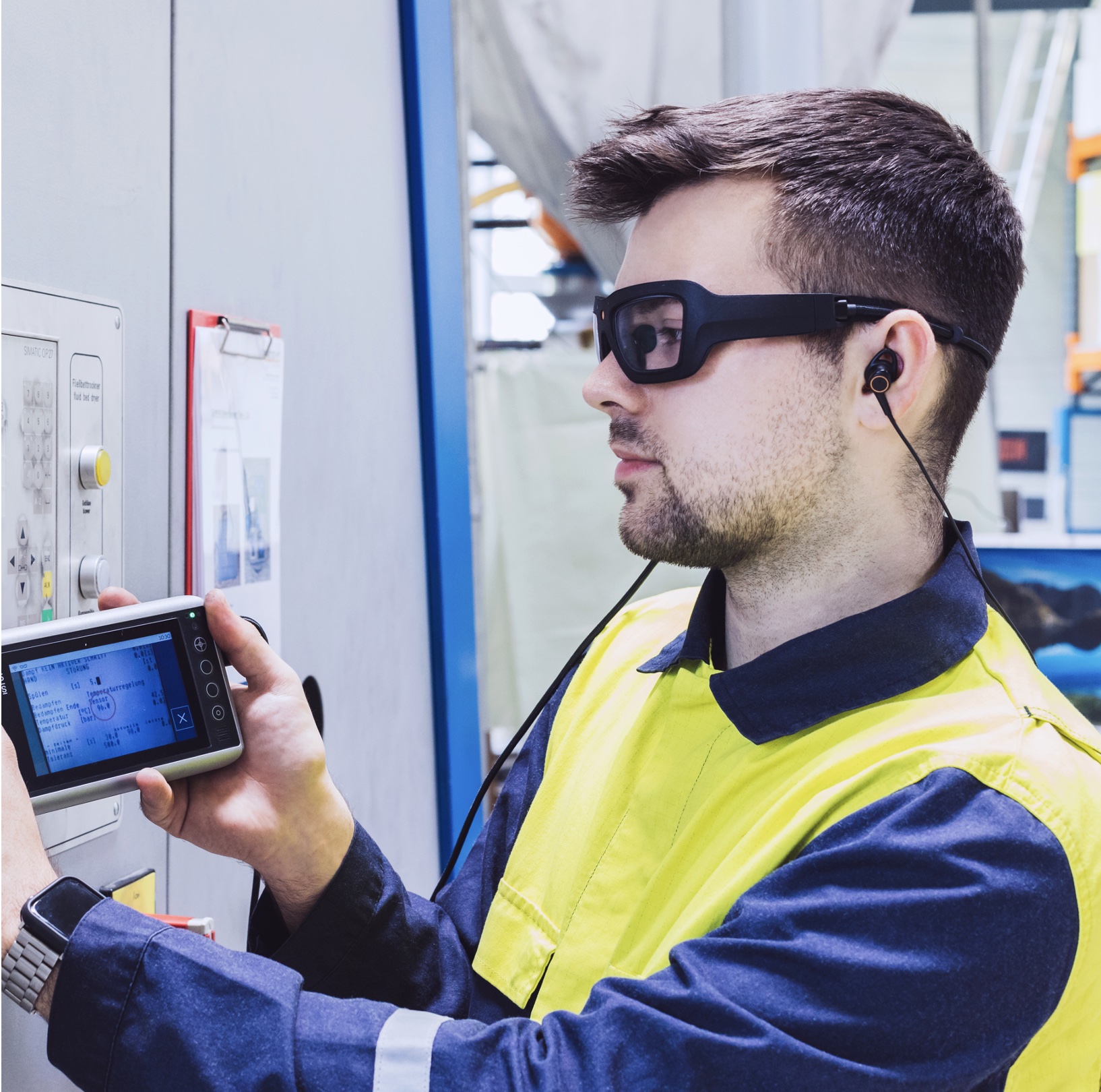SHUNTING: 44% FEWER SIGNAL VIOLATIONS
Shunting, which involves coupling and manoeuvring railcars, requires full attention. Distractions or perception errors can cause signal violations and result in serious consequences.
That’s why ÖBB (Austrian Federal Railways) uses smart training methods: Smart glasses equipped with eye tracking allow trainers to analyze whether trainees perceive safety-critical information at the right moment, and to provide instant feedback. They can also review the data afterwards, to identify patterns like missed visual confirmations or distractions.
Measured impact: Since introducing eye tracking into training, signal violations have been reduced by nearly half (44%) – representing a clear safety improvement.
MANUFACTURING: 18% MORE OUTPUT THROUGH CLEARER PROCESSES
A manufacturing company faced challenges with productivity: even with high machine utilization, overall performance remained just above 70%.
An eye tracking-based process analysis revealed that about 25% of shift time was spent searching for and preparing materials. Items were often misplaced rather than stored properly, so the next worker spent 15–20 minutes searching, often getting distracted – or ordering new stock, even though the material was still available.
Tangible improvement: Implementing a standardized storage and labeling system, combined with measures to reduce distractions, increased output per hour by 18%.
FOOTBALL: IMPROVED TACTICAL DECISIONS UNDER PRESSURE
A professional football club in Eastern Europe used smart glasses to analyze players’ gaze behavior in tactical game situations – such as crosses or turnovers. The goal was to understand and improve visual routines.
Key findings:
- In defensive situations, 85% of players’ gazes were focused on the ball or opponents’ legs, resulting in key upper-body signals for ball recovery were missed. Players reacted instead of anticipating the play.
- In offensive plays, the player looked ahead of the ball 55% of the time, which is a good sign. However, only 10% of gaze time was on the intended teammate, and decisions were often made too early, without full tactical validation.
Advantage: Eye tracking allows for precise visual coaching and data-driven feedback, providing targeted impulses to help players make better decisions, gain more control and improve their efficiency on the field.
INSPECTION: OVER 100 RAILCAR INSPECTORS TRAIN WITH EYE TRACKING
Railcar inspectors at ÖBB play a vital role in rail freight safety. They examine railcars for technical defects, inspect cargo and ensure load security – often working outdoors and in tough weather conditions. Nothing critical can be overlooked.
With smart glasses, inspectors develop a more structured inspection gaze. Eye tracking provides real-time insights into where attention is directed. Trainers analyze gaze patterns and provide support, often uncovering unconscious routines and blind spots that can affect safety.
Proven impact: Eye tracking training helps detect issues early on and avoid service disruptions. Since its introduction, over 100 inspectors have actively used the VPS smart glasses, with 70 more expressing interest. Feedback has been very positive, particularly in terms of wearing comfort and learning effectiveness. The glasses are already in use at 60 locations.
FROM DATA TO IMPACT
Whether in rail, manufacturing, or sports, these use cases show how eye tracking delivers where traditional methods fall short. It reveals inefficiencies and safety risks, providing a solid, objective foundation for improvement.
Key takeaways:
- Training becomes more effective because behavior and attention can be clearly understood and improved.
- Risk factors are identified before they lead to incidents.
- Processes become more transparent by exposing inefficient routines.
- Decisions improve because they are based on objective data, not assumptions.
The result: faster reactions, safer workflows, and smarter decisions.
Interested? Find the right solution for your Industry





